The Growing Movement, Driven by the Climate Crisis, That Will Change Business—and Our World—for the Better

Four years ago we started a candle company. We had seen a lot in the business world that felt wrong to us, and we set out with a lofty idea to find a better way. In doing so, we discovered rich reasons for hope and optimism about the future that you may not read about in the news: a blueprint for a new way of doing business and saving our planet.
First, the bad news
It’s impossible to sugarcoat it: The climate crisis is now the issue of our times. Glaciers are melting, coral reefs are dying, and we’re losing our carbon-sinking woodlands, all with wide-ranging ecosystem consequences. Natural disasters are happening with higher frequency and magnitude. We face unprecedented levels of species extinction.
We have now added our own society to the endangered list. It’s clear that climate change isn’t only an issue for future generations: It’s ours to face today.
Over the last decade, as we investigated how to build our company, we met many people stepping up to the challenge. Through them, we discovered a cornucopia of solutions that share a simple idea and collectively pave the way toward a new economy. The technical solutions are plentiful—what we need is a mindset shift to unleash this new power of business.
Keap is part of the community of businesses that have used a third-party verification of their impact. Use the free B Impact Assessment to evaluate your company’s impact on all stakeholders, including the environment, your workers, your community and your customers.
A Natural Equation
In a thriving natural system, a simple equation exists: The benefit each individual provides must outweigh the costs they bear on the environment. By doing this, the system replenishes itself and so sustains.
This is true across species and ecosystems, with the exception of us — so far. Some might argue that our exceptionalism stems from population growth. There are just too many of us!
Exponential-thinker Tom Chi elegantly debunks this idea through a comparison with ants. While ants are smaller than humans, there are many more of them. It works out that the combined biomass of all ants on Earth is coincidentally roughly the same as that of all humans on Earth. Ants, however, eat 10 times more food than us!
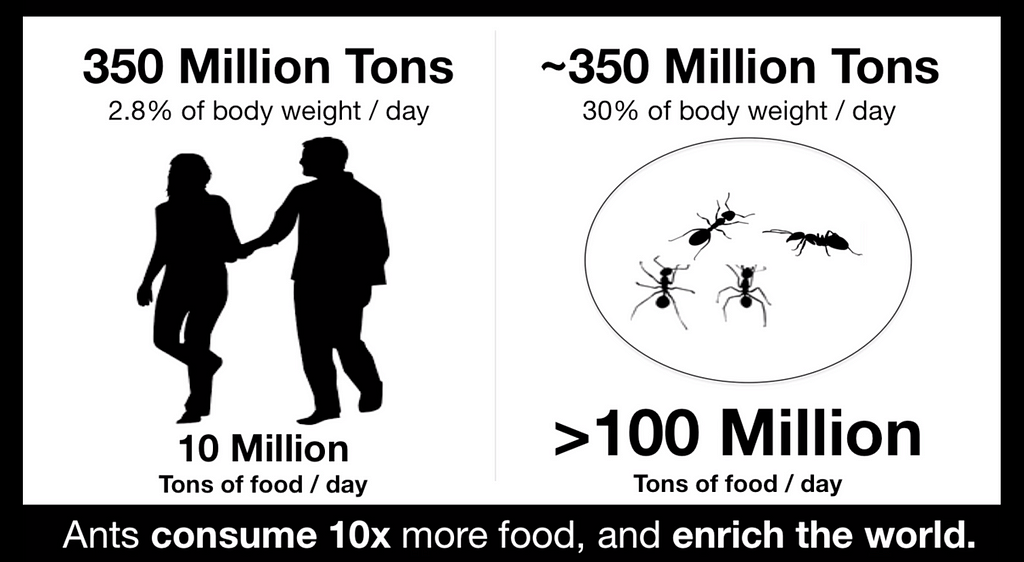
Despite their epic consumption levels, no one is talking about “ant-caused climate change.” That’s because ants are positive contributors to their ecosystems. They turn and aerate the soil, allowing water and oxygen to reach plant roots. They help disperse seeds for new plants. They act as the vacuum cleaner of nature by feeding on all sorts of organic matter—and they themselves are a source of food for all sorts of animals.
Ants are ultimately net contributors to their world rather than extractors. They are proof that with a different approach to our environment, we can thrive in numbers without making the planet pay for it.
If a new mantra “Be More Ant” wasn’t what you were expecting to get from this article, then we’re happy to have upped the ant-e (#DadJokes4Life).
A Regenerative Solution
Through this natural lens of thinking about business, we were introduced to the concept of “the regenerative economy.” The central idea of the regenerative economy is that nature already has identified how to create sustainable systems.
“Natural systems, from living beings to whole ecosystems, are sustainable because they are regenerative. The transition to a regenerative economy is about seeing the world in a different way—a shift to an ecological world view in which nature is the model. The regenerative process that defines thriving, living systems must define the economic system itself.”
— Hunter Lovins
So simply put, a regenerative economy must act as a natural system — with participants creating net benefit — to achieve sustainable balance with the planet.
This idea goes beyond our previous concepts of sustainability — which were about reducing harm and thinking of ways to lessen impact — and instead challenges each of us to ask whether we leave the unique systems we impact, from plants and water sources to soil and people, in a better place.
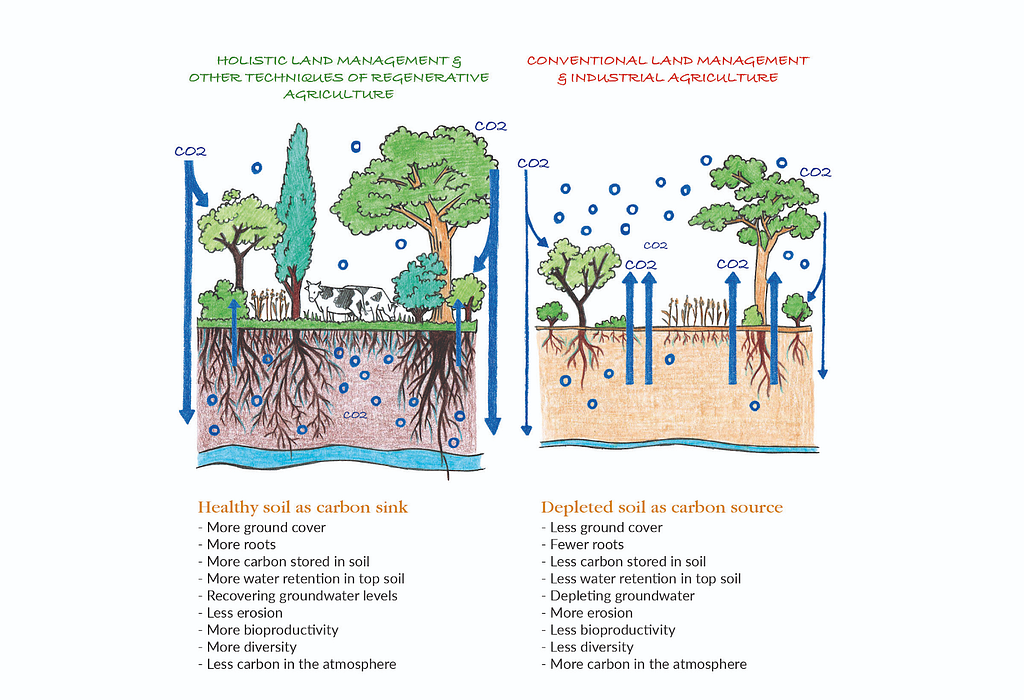
This idea of regeneration has established a foothold in pockets of our economy: Regenerative agriculture is arguably where the term originated, and the philosophy of cradle-to-cradle (which goes beyond mere circularity and embraces the idea of regeneration) has found a passionate following in design and architecture.
For humanity to reach net benefit, we need these forward-thinking movements to take hold across the economy and permeate every aspect of our daily lives. It’s a challenge, but it’s achievable, and the outcome is unquestionably worth fighting for.
Imagine a world where every time we produced or consumed something, it turned into a positive ripple effect for people and the planet.
Where each piece of clothing we buy creates richness rather than misery.
Where traveling creates new energy rather than depleting it.
Where every object we choose to buy makes the world better, not worse: from our orange juice to our toothpaste, from our watches to our bicycles, from our jewelry to our candles.
That’s the potential of a regenerative economy, and it exists today if we embrace it.
Reaching Regeneration
This simple switch in our economic mindset will provide a long-term solution to our planet’s ills. Even more exciting is the fact that so many businesses and individuals are already challenging themselves and each other to behave regeneratively.
How then do businesses use this mindset switch to become “regenerative”?
Here are some key ideas gleaned from the many folks we’ve met.
Deliver products and services with a negative footprint.
Beyond negative carbon emissions, that means producing raw materials in a way that improves the soil and the livelihoods of workers and their communities.

From what we’ve seen, few companies have gone further than Dr. Bronner’s Soaps, a multi-generation family-owned business that decided at the turn of the century to move its ingredients toward regenerative sources. At the time, many of those ingredients weren’t farmed regeneratively anywhere (or at least not at the scale they needed). Dr. Bronner’s holds the under-publicized honor of creating from scratch the first Fair for Life and organic-certified coconut oil and palm oil projects in the world.
Other businesses, like AlterEco and Patagonia Provisions, are taking a similar approach of bearing full responsibility for all the people and natural resources that their business touches.
Eliminate waste or turn it into a benefit.
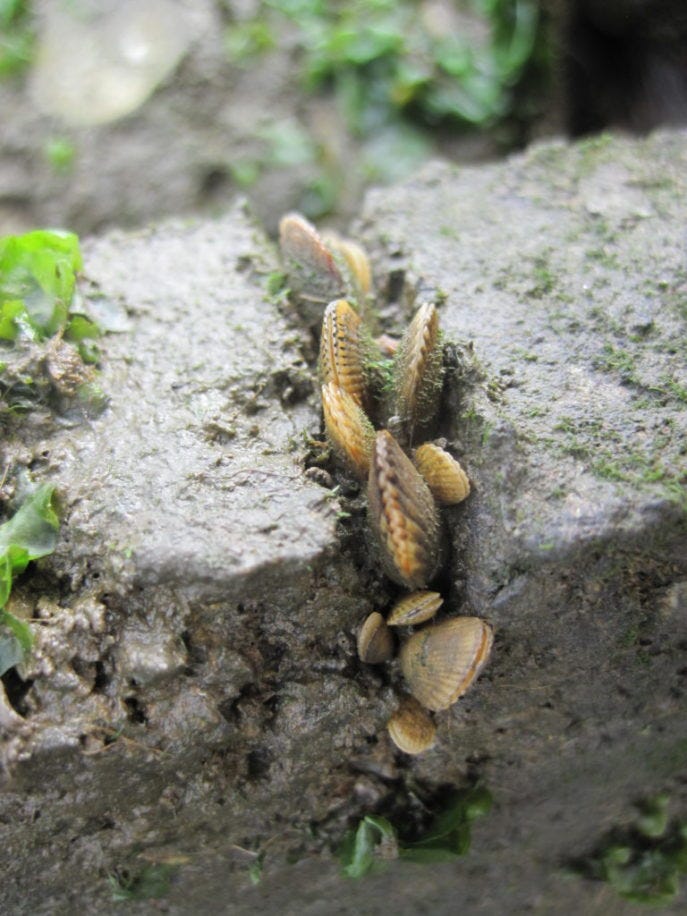
Across the natural world, by-products of one species are the nutrients of another. We are the first species to invent the concept of waste — but many companies are working on new solutions to make it a thing of the past.
Lighthouse restaurant in Brooklyn looked for ways to eliminate waste sent to the landfill by carefully analyzing what was going in the bin — and finding uses for all the components, from food scraps to oyster shells and corks.
Ecovative is using waste from hemp agriculture to grow home-compostable plastic packaging alternatives that can return to the soil as nutrients instead of ending up in the Pacific garbage patch.
Package Free Shop in Brooklyn curates a selection of consumer products that use smart design to eliminate packaging. By tackling the issue of post-use in the design phase, we can create systems that move beyond the concept of persistent, poisonous trash.
Rethink company ownership.
A regenerative mindset by definition needs to account for the long-term, and our current model of shareholder-centric capitalism has proven its incapacity to do so.
Across our joint careers ranging from mom-and-pop businesses to publicly listed multinationals, we’ve seen a clear pattern: Companies whose ownership interest is short-term financial profit (less than 10 years) do not exhibit regenerative behaviors, sustained over a meaningful period of time.
Unfortunately, “shareholder-first” businesses (whether backed by venture capital, the public markets or private equity) structurally have short-term financial profit motives.
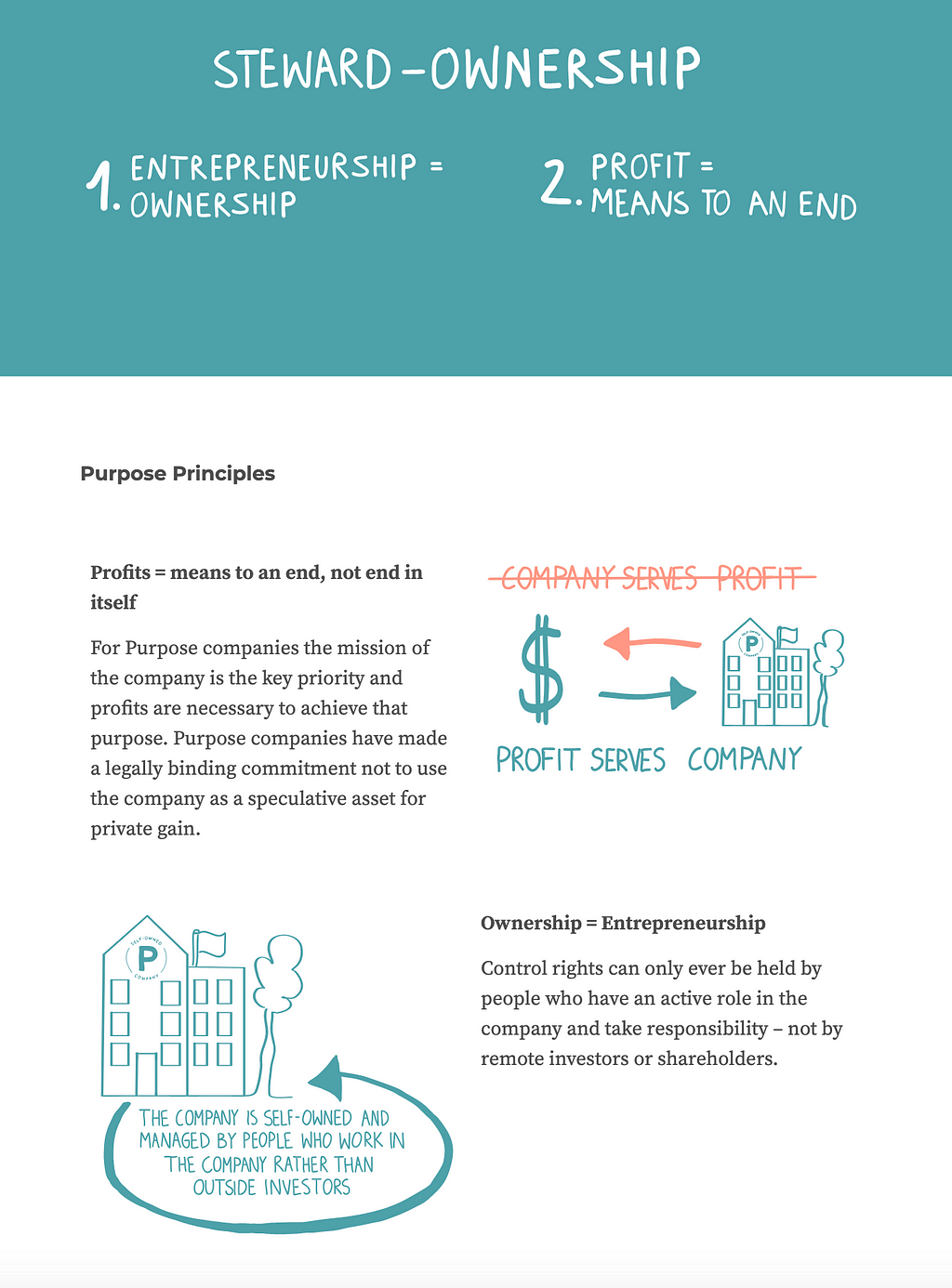
It’s no coincidence that the companies that are farthest along on the journey toward regeneration are family-owned (e.g. Dr. Bronner’s, Patagonia), cooperatives (e.g. Organic Valley), worker-owned (e.g. Bob’s Red Mill, Equal Exchange Coffee), or some other kind of steward ownership.
As I wrote previously, how we structure financing and business ownership is a topic that should have a more prominent place in the national conversation.
Addressing the issue of ownership of our economy, and therefore who it serves, is the greatest lever to address the issue of climate justice—the idea that those who are least responsible for climate change suffer its gravest consequences.
If companies are agents of purpose rather than simply vehicles for extracting financial value from the world’s resources, the switch to regeneration will be dramatic, durable and at scale.
Support others on their journey to becoming regenerative.
Getting to “regenerative” is going to be a journey for all of us, and it won’t be done in isolation. Regeneration by definition acknowledges the interconnectedness of the nodes in the system; unsurprisingly, the leaders of the regenerative wave have adopted an open, collaborative approach. There are so many great resources, experts, publications and support networks that now exist to help others on their journey.
The Regeneration Magazine is a great young publication showcasing the heroes and success stories in the fight against climate change. Carol Sanford, one of the architects of the movement, runs a series of events and workshops, helping businesses on this journey. The Regenerative Organic Alliance is working to ensure that standards are associated with the term in the context of agriculture, and the Climate Collaborative is bringing together businesses who can help each other on the journey. Zebras Unite is a group of startup founders calling “for a more ethical and inclusive movement to counter existing startup and venture capital culture” built on regenerative principles. And to help turn the energy of the Green New Deal into sound policy, a worldwide team of hundreds of experts, scientists and researchers have already catalogued the top 100 solutions to climate change in Drawdown.
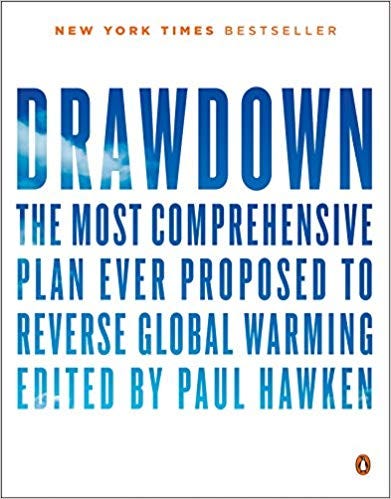
Consumer-facing businesses also have the incredible power of the “bully pulpit” to educate their audience and turn them into a rippling force for regeneration across their interactions with other people and organizations. Look no further than Patagonia to see what a cultural force a strong brand with a regenerative mindset can be.
So Are We Optimistic About the Future?
There is a false sense created by climate deniers that we somehow still need to invent some “disruptive” panacea technology that will magically make the issue go away (or worse, that we should resign ourselves to total environmental collapse and abandon our home planet for a hostile, freezing, unbreathable one). Yet, while many of us were ignoring the impending threat of climate change over the past decades, many others were hard at work researching or (re-)discovering the solutions for us to restore our balance with the natural world.
We now have those solutions, and now it’s the time to switch our collective focus to bringing these forward-thinking ideas across our economy and mainstreaming them from the pioneers to the everyday businesses—from construction companies to candles.
It’s going to take bold policy initiatives like the Green New Deal and a new mindset from journalists, entrepreneurs investors and every citizen, consumer and advocate within us to achieve this.
And if paving the way for a new, regenerative economy that works for our planet and all its people sounds lofty, let’s take a second to remember that we put a man on the moon and invented smart toilets.
So are we optimistic about the future? Damn right we are.
“Never doubt that a small group of thoughtful, committed, citizens can change the world. Indeed, it is the only thing that ever has.”
— Margaret Mead
Harry Doull and Stephen Tracy are the founders of Keap Candles, a Brooklyn-based Certified B Corporation making master perfumer candles with a regenerative approach. In the comments, let them know of any unsung regenerative heroes you’ve come across.
B the Change gathers and shares the voices from within the movement of people using business as a force for good and the community of Certified B Corporations. The opinions expressed do not necessarily reflect those of the nonprofit B Lab.

Why the Future of the Planet Is Brighter Than You Think: the Regenerative Economy was originally published in B the Change on Medium, where people are continuing the conversation by highlighting and responding to this story.
Source: B the Change
